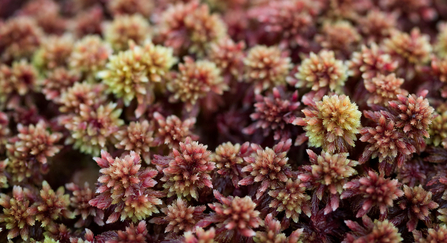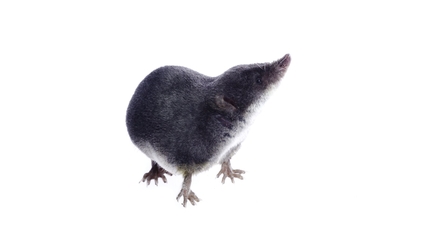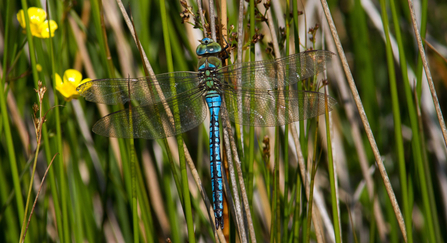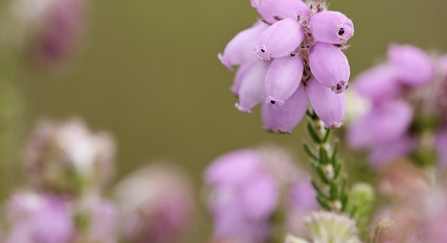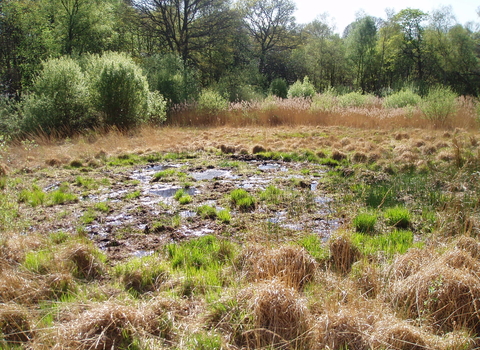Firstly, what are bogs?
Bogs are a type of peatland, and peat is a type of soil which is created when plants die in waterlogged conditions and do not rot down. Bogs are home to various mosses and water-loving plants and are the thriving habitat of many species and wildlife.
Bogs today
Bogs originally covered 7% of Britain but have been reduced dramatically. In the UK at least 80% are damaged and this results in 10 million tonnes of carbon dioxide being released each year. This is primarily as a result of human activity. Such activity includes:
- Intense water extraction to meet water supply demands, reducing the water table as a result
- Unsustainable peat extraction, mainly for horticultural use-this is particularly concerning as it takes years for peat to form
- Drainage of the landscape for agricultural and housing uses
Why are they so important?
Global peatlands store at least 550 Gigatonnes of carbon that's more than twice the carbon stored in all forests! They are the largest land-based carbon storage spaces in the world, and UK bogs store over 3 billion tonnes of carbon alone.

